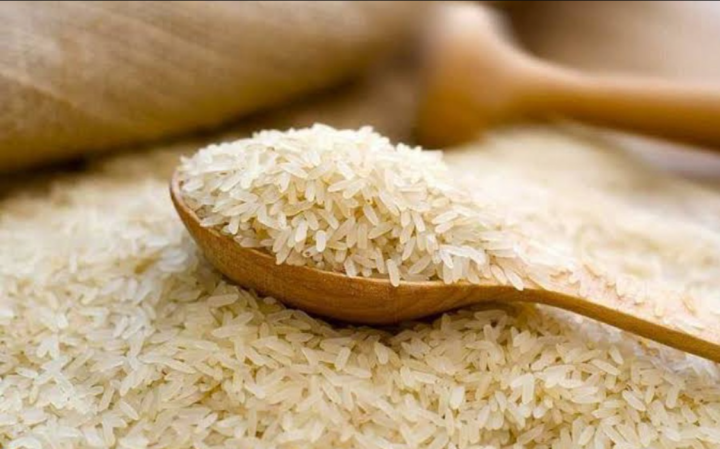The anticipated paddy rice price hike of 32% in the 2023/2024 crop production year, coupled with a projected production growth of 3.6%, has been revealed in the AFEX Wet Season Crop Production Report for 2023, as reported by InfoStride News.
According to the report, the stability in rice production during 2023, in contrast to the previous year’s extensive flooding that led to a loss of approximately 100,000 hectares of rice farms, has contributed to the positive outlook. The absence of floods in 2023 allowed farmers to capitalize on reduced fertilizer prices, fostering stable production.
“In 2022, over 100,000 hectares of paddy rice were adversely affected by flooding, resulting in the decline of over 300,000mt. However, the 2023 production season experienced little or no flooding, which helped to stabilize the production season. There was a notable expansion in the land area under rice cultivation as farmers sought to capitalize on the favorable market conditions. Considering these favorable developments, our projections indicate a 3.6% increase in the production volume of paddy rice, resulting in an estimated total yield of 8.3 million metric tonnes in 2023.”

Concerning rice prices, the report highlights that the combination of reduced production due to the 2022 flooding and the ban on exports of paddy rice in India is expected to drive a 32% increase in the commodity’s price. Despite an anticipated production increase of approximately 4%, the report warns of a potential surge in the price of paddy rice.
The report extends its projections to other key agricultural commodities such as maize, sorghum, cocoa, soybean, etc. For maize, a 5% increase in average prices is expected, driven by a forecasted production growth of 6.9% due to high demand. Sorghum prices are projected to rise by 20% in the upcoming farming season, while cocoa prices are expected to experience a year-on-year increase of around 70%.
Providing context to these projections, it’s important to note the ongoing rise in food prices, especially rice, in Nigeria. The most recent inflation report by the NBS indicated a food inflation rate of 31.5%, with rice prices witnessing a significant surge of 60.59% on average in the last NBS food price watch for September.
Despite efforts by the Central Bank of Nigeria (CBN) to boost rice production, positioning Nigeria as the leading rice producer on the continent, these initiatives have not translated into more affordable staple prices for Nigerians. Recognizing the urgency of the situation, the federal government declared a state of emergency on agriculture in July, emphasizing the need for synergy between the ministries of agriculture and water resources to ensure year-round farming through effective irrigation practices.
Support InfoStride News' Credible Journalism: Only credible journalism can guarantee a fair, accountable and transparent society, including democracy and government. It involves a lot of efforts and money. We need your support. Click here to Donate
